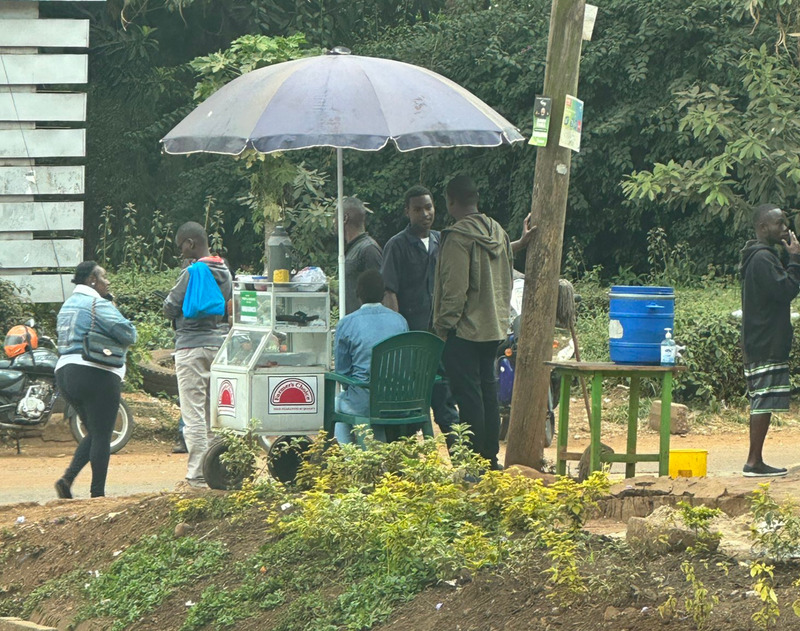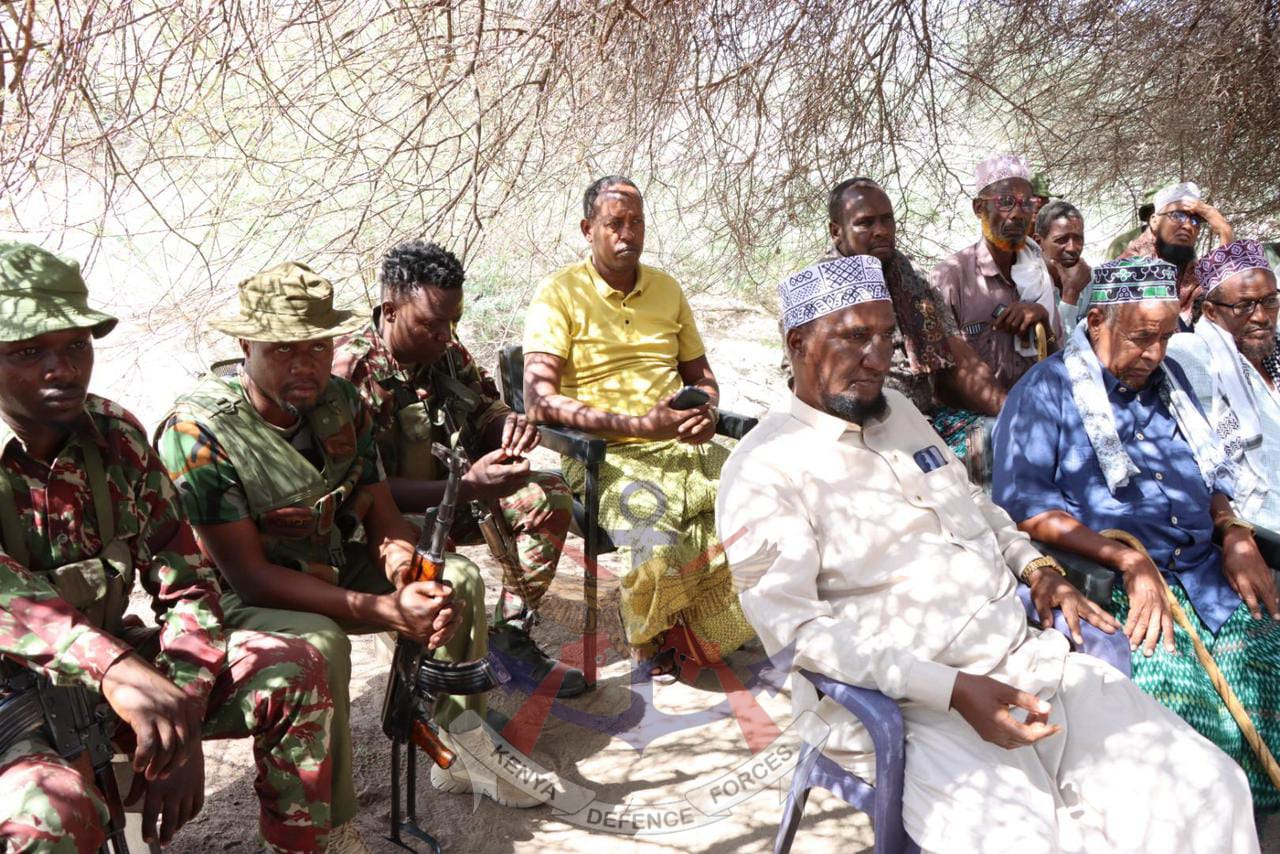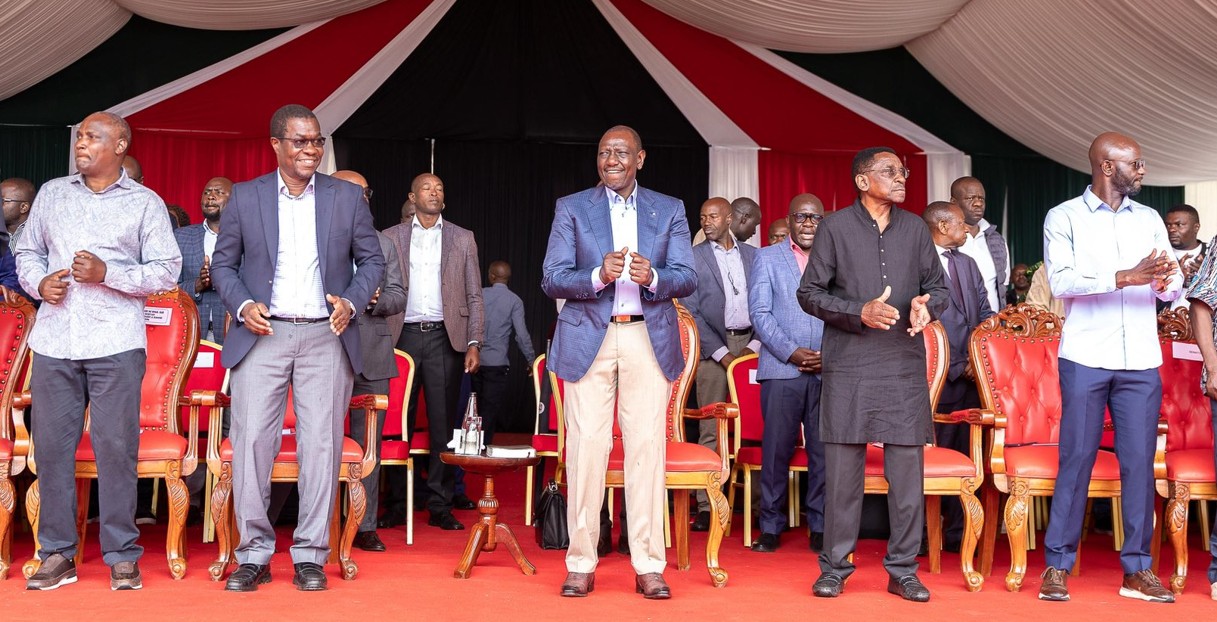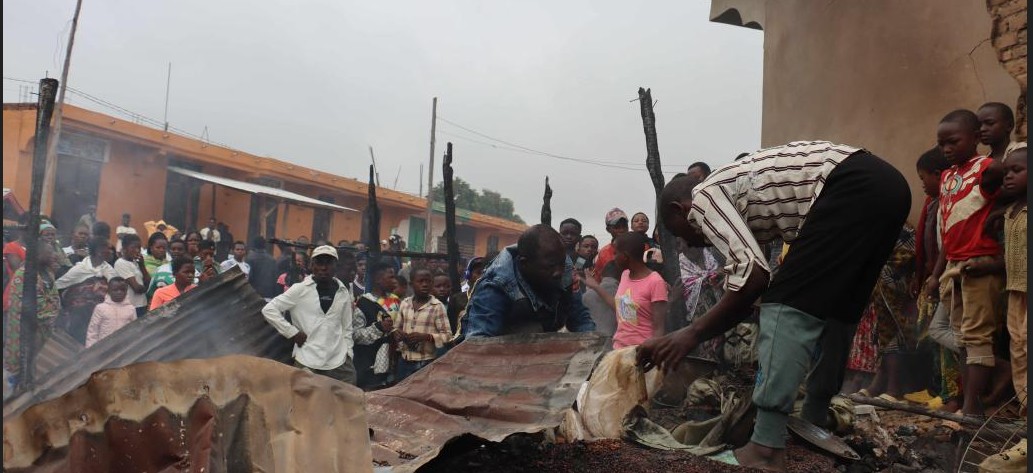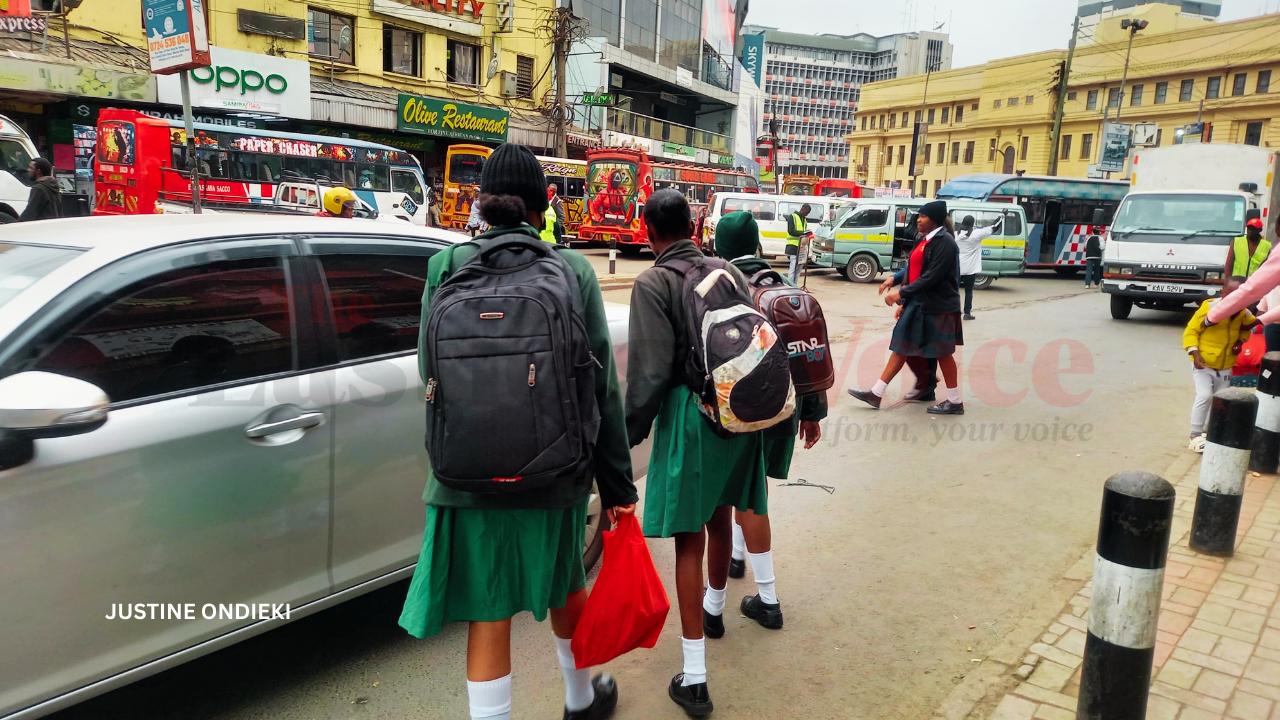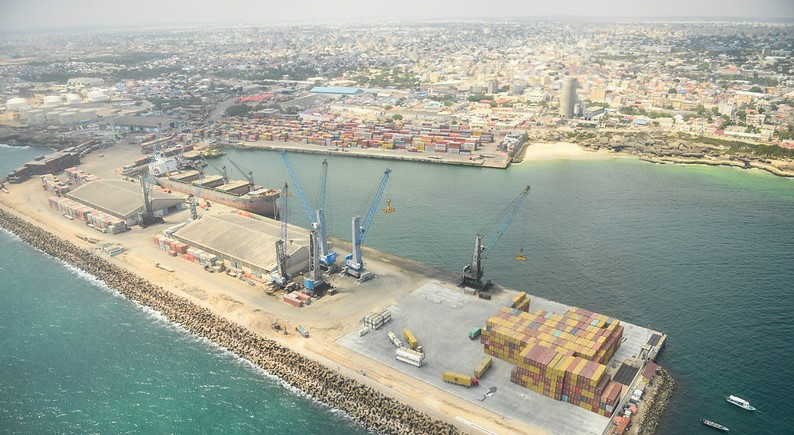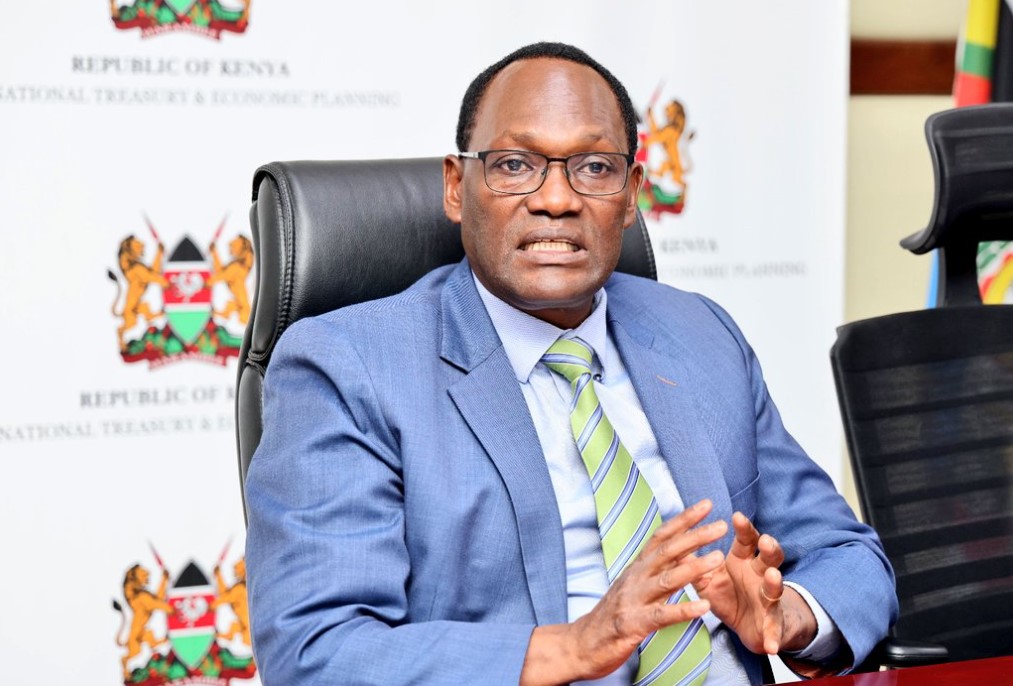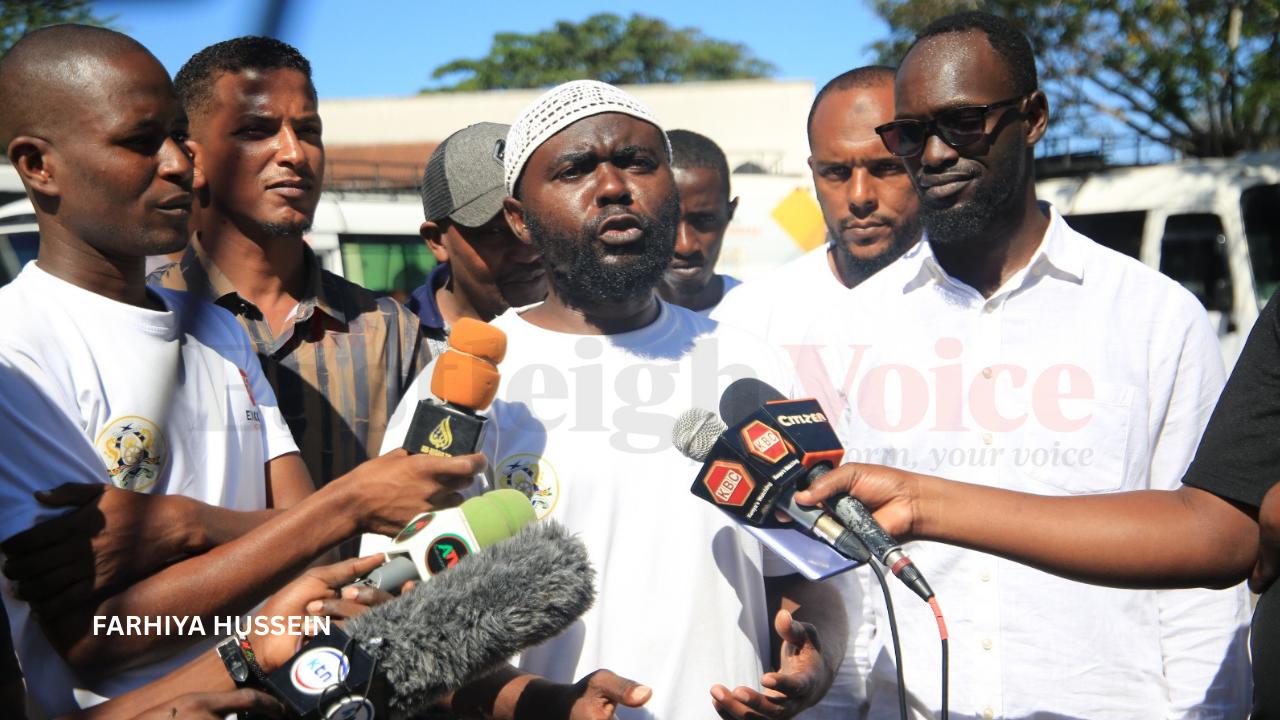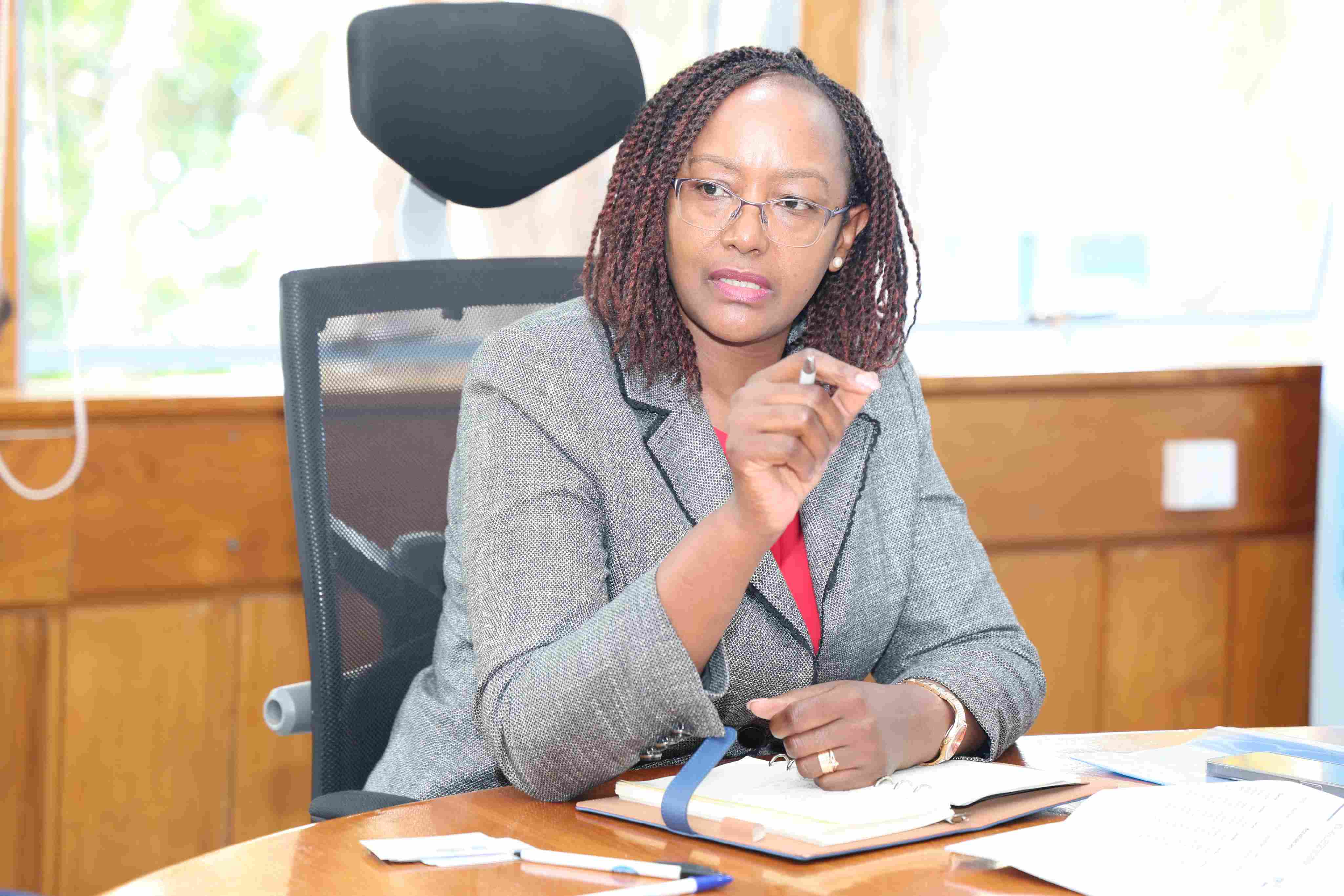New ATMIS force commander arrives in Somalia during critical drawdown phase
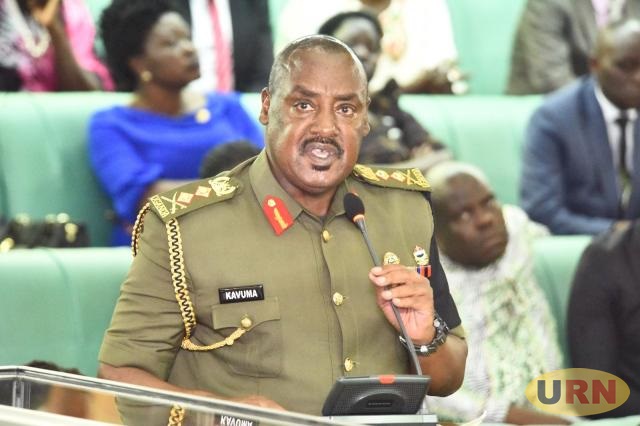
In June of this year, ATMIS began handing over its forward operating bases in Lower Shabelle to the Somali Security Forces (SSF) as part of this drawdown.
More To Read
- Somalia rolls out new e-Visa system to ease travel, boost security
- Former Somalia police chief Zakia Hussen appointed AU senior policing adviser
- Somali President Hassan Sheikh hosts UAE minister for talks on security, development
- Somalia’s government, opposition unite to fast-track elections, constitutional reform
- Somali opposition faction strikes electoral deal with President Hassan
- What should Trump’s policy towards Somalia be?
The new force commander of the African Union Transition Mission in Somalia (ATMIS), Lt. General Sam Kavuma from Uganda, arrived in the Horn of Africa country on Sunday to begin his duties.
Kavuma succeeds Lt. Gen. Sam Okiding, who recently became the Deputy Chief of Uganda People's Defence Forces.
General Kavuma takes command at a critical time as ATMIS is expected to complete the drawdown of 4,000 personnel in its third phase.
In June of this year, ATMIS began handing over its forward operating bases in Lower Shabelle to the Somali Security Forces (SSF) as part of this drawdown.
However, the Somali government requested a revised timeline in a letter to the Peace and Security Council (PSC) dated May 16, proposing a phased drawdown with 2,000 troops leaving by the end of June and a second batch exiting by September this year.
With ATMIS expected to complete its drawdown and exit by the end of the year, discussions on a post-ATMIS arrangement have intensified.
The Somali government requested a follow-on mission at the Somalia Security Conference in New York in December 2023 and subsequently submitted a proposal to the AU Peace and Security Council in March and to the Security Council in April.
The mission’s mandate includes providing stabilisation support, facilitating state-building priorities, and securing strategic population centres and critical infrastructure.
Initially, the proposal intended to retain the remaining 10,000 ATMIS personnel after the third phase of the drawdown. However, the discussion has since evolved.
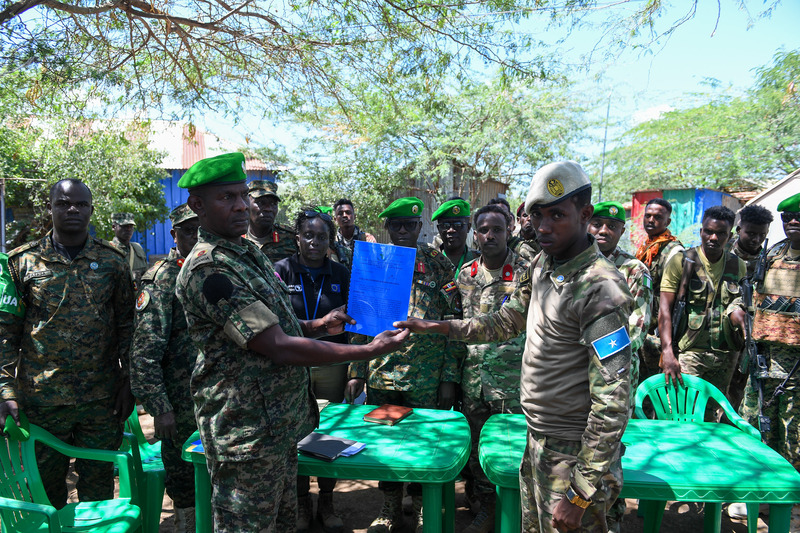 Brig. Gen. Anthony Lukwago Mbuusi, ATMIS Uganda Contingent Commander, officially transfers control of the Bariire Forward Operating Base (FOB) in South West State to Maj. Muhudin Ahmed of SNA in June 2024 (Photo: ATMIS)
Brig. Gen. Anthony Lukwago Mbuusi, ATMIS Uganda Contingent Commander, officially transfers control of the Bariire Forward Operating Base (FOB) in South West State to Maj. Muhudin Ahmed of SNA in June 2024 (Photo: ATMIS)
Top Stories Today


